| Site Type: | Scenic reefs and offshore waters in marine sanctuary zones |
| Location: | The six MPAs are scattered throughout the territory |
There are three federally protected areas around the main island of American Samoa – Tutuila, one notable privately protected reserve, and three offshore protected areas. Some areas are completely no-take, other allow subsistence harvesting by local villagers.
It is possible to dive or snorkel in all the reserves on Tutuila, Aunu’u and Ta’u. The ones on Tutuila and Aunu’u can be dived as shore dives, as well as via boat charter, though a short or longer hike down to the water’s edge may be required in some circumstances.
As the reef surrounding Tutuila is shallow, it is advisable to dive all sites around high tide.
Each area is unique, as described below.
Tisa’s Reserve
Tisa’s Reserve, (not a federally protected reserve) is the reef (in front of, and to either side of) Tisa’s Bar and Grill in Alega, and is typical of the shore dives on the southern coast.
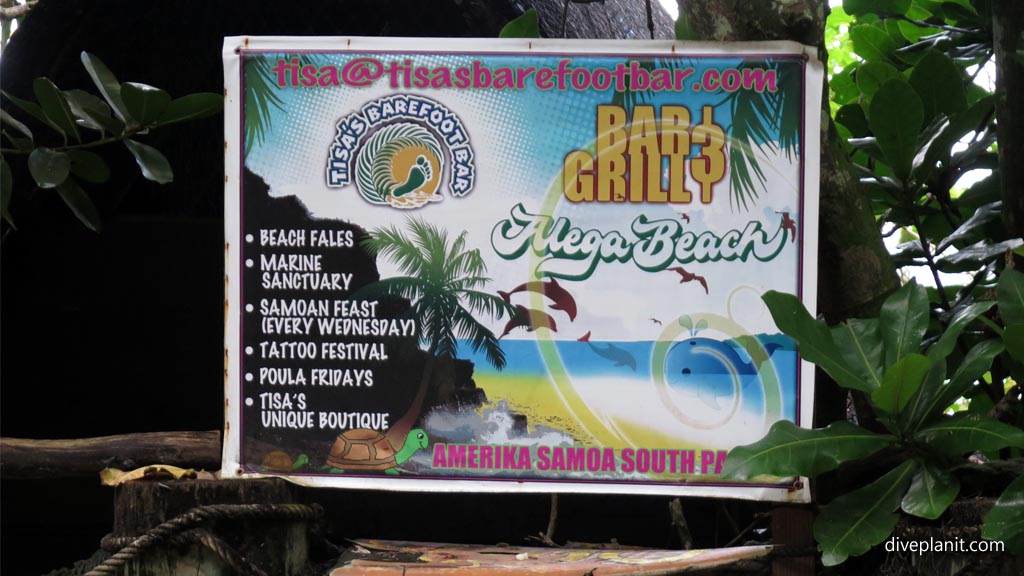
There is an entry and exit channel across the shallow reef to the edge which falls from 2m to 20+m. The variety of corals and fish life, from reef fish, to pelagics and the occasional black tipped reef shark make for an interesting dive.
There are other known dive spots on the western shore from the harbour entrance to the airport, and well as inside the deep water harbour, for example in Utulei right in front of South Pacific Watersports. These areas are all best dived with local guides, and note that as all parts of American Samoa are privately owned, a small donation, typically $5 is requested per person for access, payable to the owner of the land.
The following are the six federally protected marine protected areas.
Fagatele Bay
Fagatele Bay is a no-take sanctuary. It is thought to have the greatest diversity of marine life in the National Marine Sanctuary System, with 168 species of corals and 271 species of fish. Read more about this dive site and see the video here.
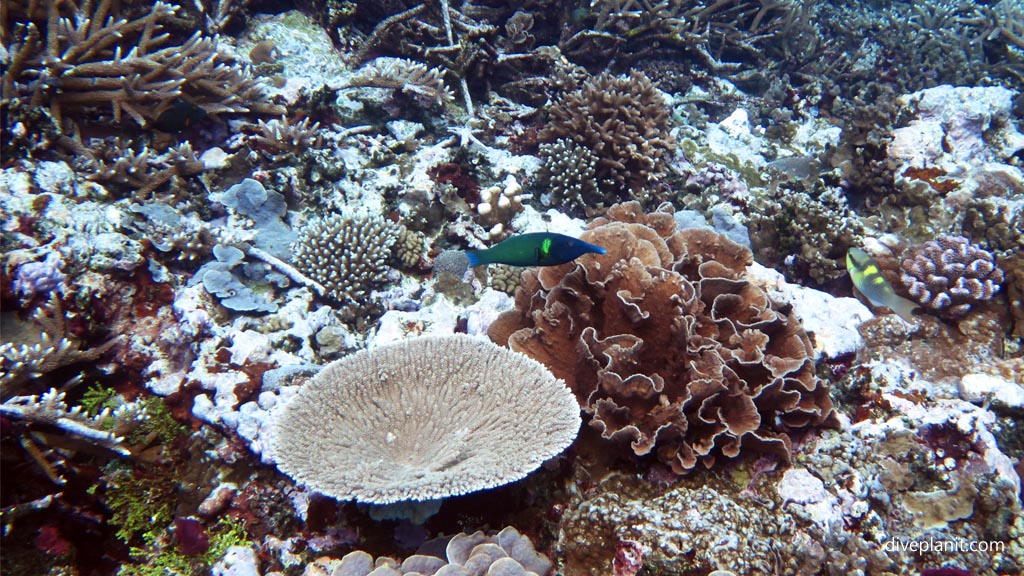
Black tipped reef sharks and eagle rays are often spotted here close to the drop off. Hawksbill and green sea turtles, dolphins and humpback whales visit the bay too. Inside the bay the max depth is 8m with 4.5m a typical average dive depth. See the video footage here.
Fagalua / Fogama’a
Fagalua / Fogama’a Bay Protected Area has a small shallow reef area right up to the beach which also makes it an excellent snorkelling site.
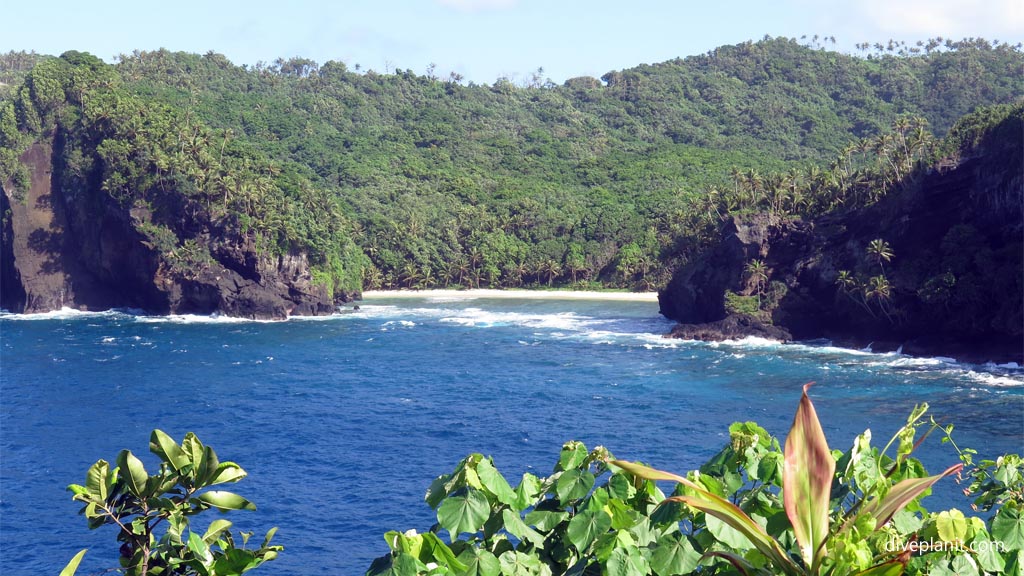
The bay has gutters to the north, and a relatively flat bottom (until the drop off), with scattered coral heads from fist to fruit bowl sized. It’s a relatively shallow area and best snorkelled when there’s no southern swell. Though, as this video shows, it can be fun in those conditions – just be careful not to break anything!
Fish are plentiful and diverse with many species of surgeon from hundreds of little convicts to groups of the colourful lined surgeons. Butterflyfish and small wrasse are also very common.
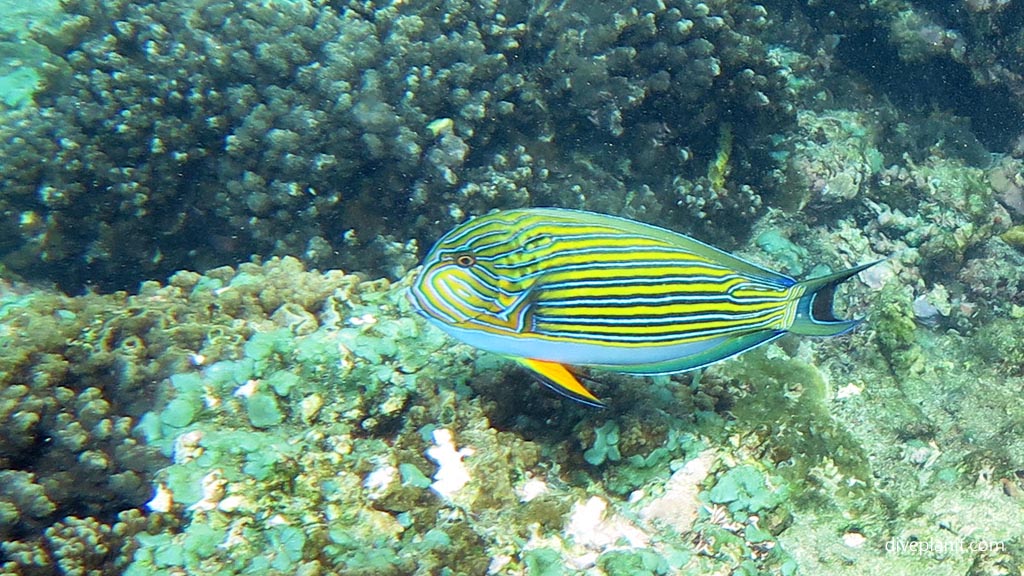
Aunu’u Island
Aunu’u Island lies off the south east of Tutuila and is accessible via a short and regular ferry ride. There are two protected areas around Aunu’u: a large research area to the east and a multi-purpose zone to the west. Scientists are studying the area to help differentiate natural and human induced changes in the sanctuary and the impact of climate change.
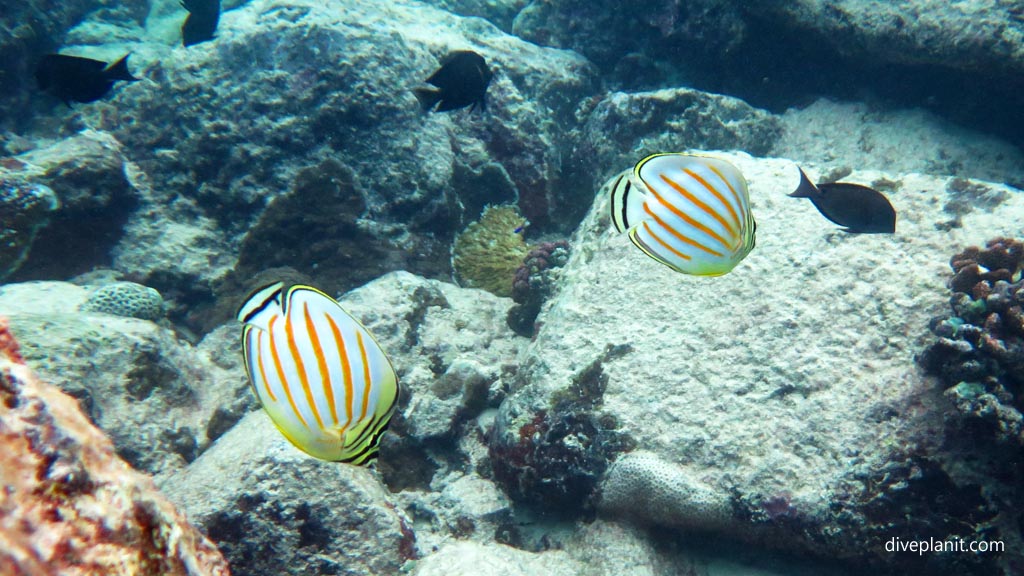
Diving is possible in the multi-purpose zone, and there is an easily accessible reef in the area immediately around the ferry wharf which makes a great snorkelling site – though check with locals whether any strong currents may be present prior to entry.
Ta’u Island
Ta’u Island lies in the Manu’a group about 100 kms to the east of Tutuila. The islands are volcanic with steep sided slopes falling away from a 900m peak down to several 1000 metres below the surface to the ocean floor. Still, there is a fringing reef, and in the shallow waters offshore of Afuli Cove the largest porites coral heads in the world have established themselves. here’s a short video of them shot by the Catlin seaview Survey team.
Standing over 7m high and 8m across the massive coral heads are through to be between 400 and 800 years old. The island is accessible by boat as a full day trip, with a passage of about 4 hours each way.
Muliava
Muliava Protected Area lies a further 100 kms to the east of Manu’a. It is one of the world’s smallest atolls perched on top of a volcanic seamount rising from the sea bed 1000’s m below. Its name means ‘at the end of the current’ (??? How did they know). On maps it is marked as Rose Atoll which takes its name from the pink coloured coral caused by the abundant coralline algae. The sanctuary zone extends for 50 miles around the island and contains large numbers of pelagic fish, unique corals and giant sea clams.
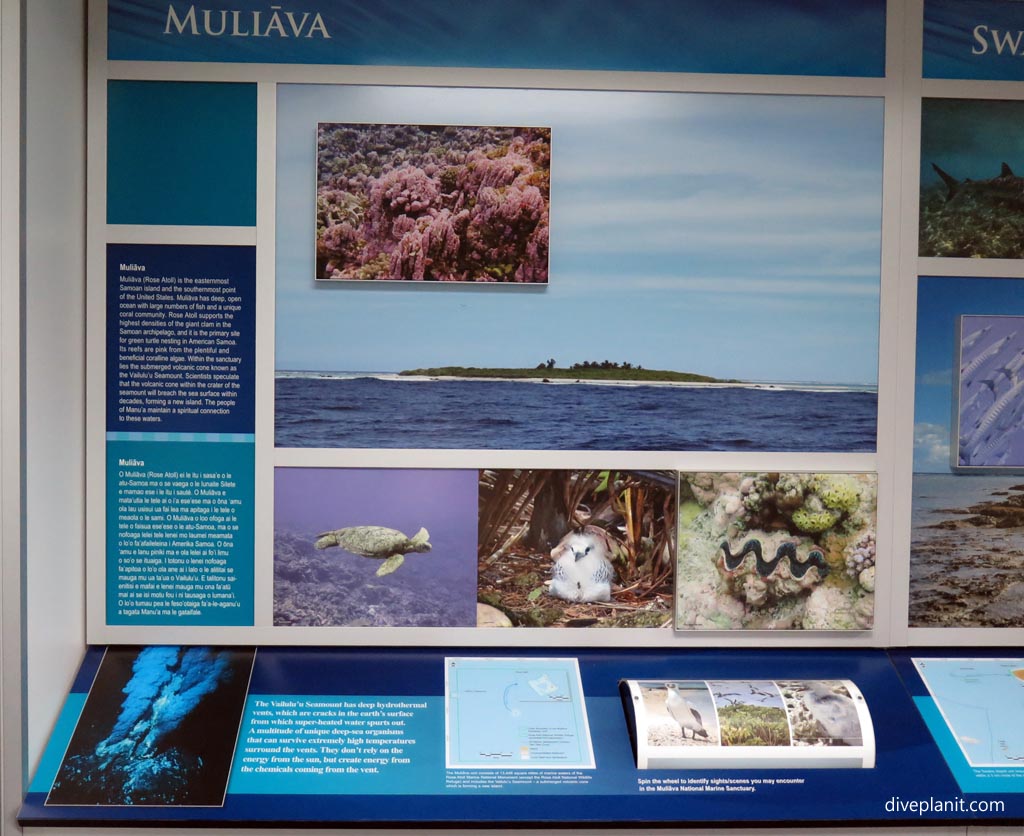
Swains Island
Swains Island Protected Area lies about 300 km north of Tutuila. A privately owned low lying coral atoll with a few hundred inhabitants. The reefs have high coral cover with many different types of coral and a low incidence of disease. Nearshore waters are home to large schools of predators like barracudas, jacks and snappers. Sharks and large Humphead wrasse are also frequently seen.


